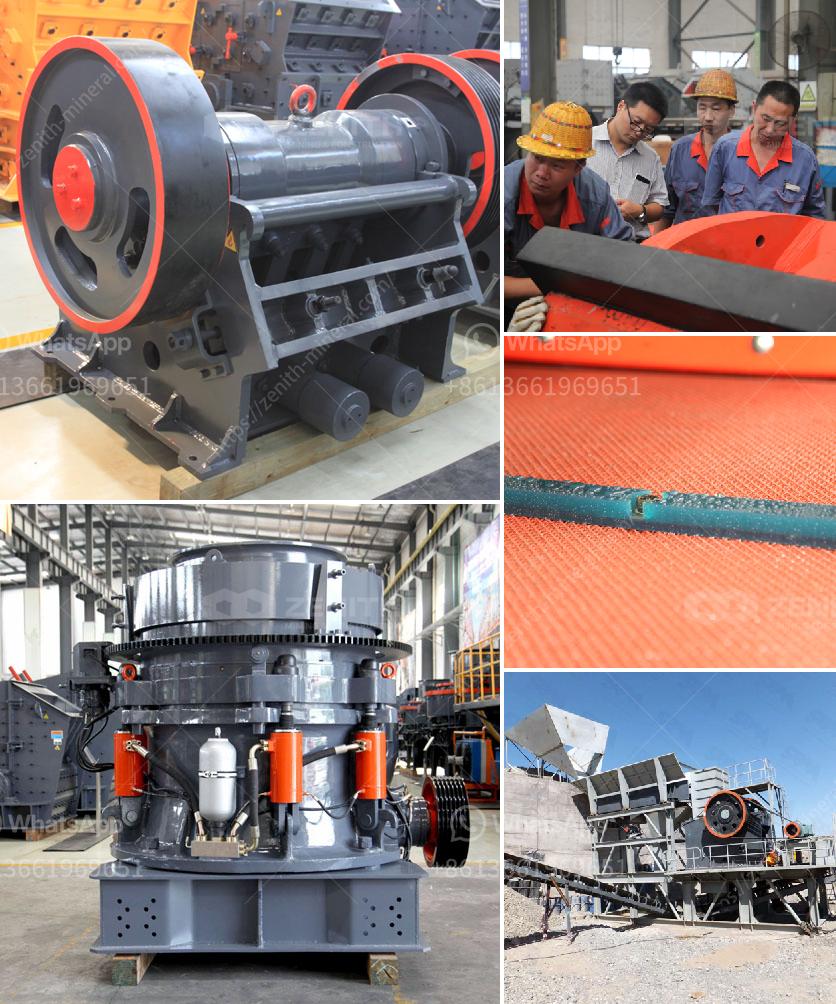Establishing and operating a quarry involves several critical steps and compliance with regulations. Here’s a general outline of the procedures:
-
Site Selection and Feasibility Study:
- Geological Survey: Conduct geological surveys to determine the quality and quantity of the resource.
- Environmental Impact Assessment (EIA): Evaluate the potential environmental impact and develop mitigation plans.
- Land Acquisition: Secure permits and rights to the land where quarrying will take place.
-
Legal and Regulatory Compliance:
- Permits and Licenses: Obtain necessary permits from local, state, and federal authorities. This may include mining permits, environmental permits, and water use permits.
- Zoning Approvals: Ensure the land is zoned for mining activities.
-
Planning and Design:
- Quarry Design: Plan the layout of the quarry, considering factors such as access roads, drainage, and material extraction methods.
- Safety Planning: Develop a comprehensive safety plan in compliance with occupational health and safety regulations.
-
Preparation and Infrastructure Development:
- Site Preparation: Clear the land, remove overburden, and develop access roads.
- Infrastructure Setup: Install necessary infrastructure, including weighbridges, crushing and screening facilities, and maintenance workshops.
-
Operational Setup:
- Equipment Procurement: Procure and commission necessary machinery and equipment such as excavators, crushers, and conveyors.
- Staffing and Training: Hire and train staff to operate machinery safely and efficiently.
-
Extraction Operations:
- Blasting and Extraction: Implement blasting and extraction techniques to retrieve the material, adhering to safety and environmental regulations.
- Processing: Crush, screen, and process the extracted material to meet market specifications.
-
Environmental Management:
- Waste Management: Develop and implement a waste management plan for overburden and other by-products.
- Rehabilitation Plan: Outline plans for land rehabilitation once the quarrying operations are complete.
-
Monitoring and Reporting:
- Environmental Monitoring: Continuously monitor environmental parameters and adhere to reporting requirements.
- Operational Monitoring: Regularly check and maintain equipment to ensure continuous safe operations.
-
Community Engagement:
- Stakeholder Communication: Engage with local communities and stakeholders to address concerns and communicate plans and progress.
-
Closure and Rehabilitation:
- Closure Plan: Develop and execute a closure plan that includes land rehabilitation and environmental restoration.
- Post-Closure Monitoring: Monitor the site post-closure to ensure that rehabilitation measures are effective.
Each step needs to be carefully planned and executed to ensure compliance with all legal requirements and to minimize the environmental impact of quarrying activities.

